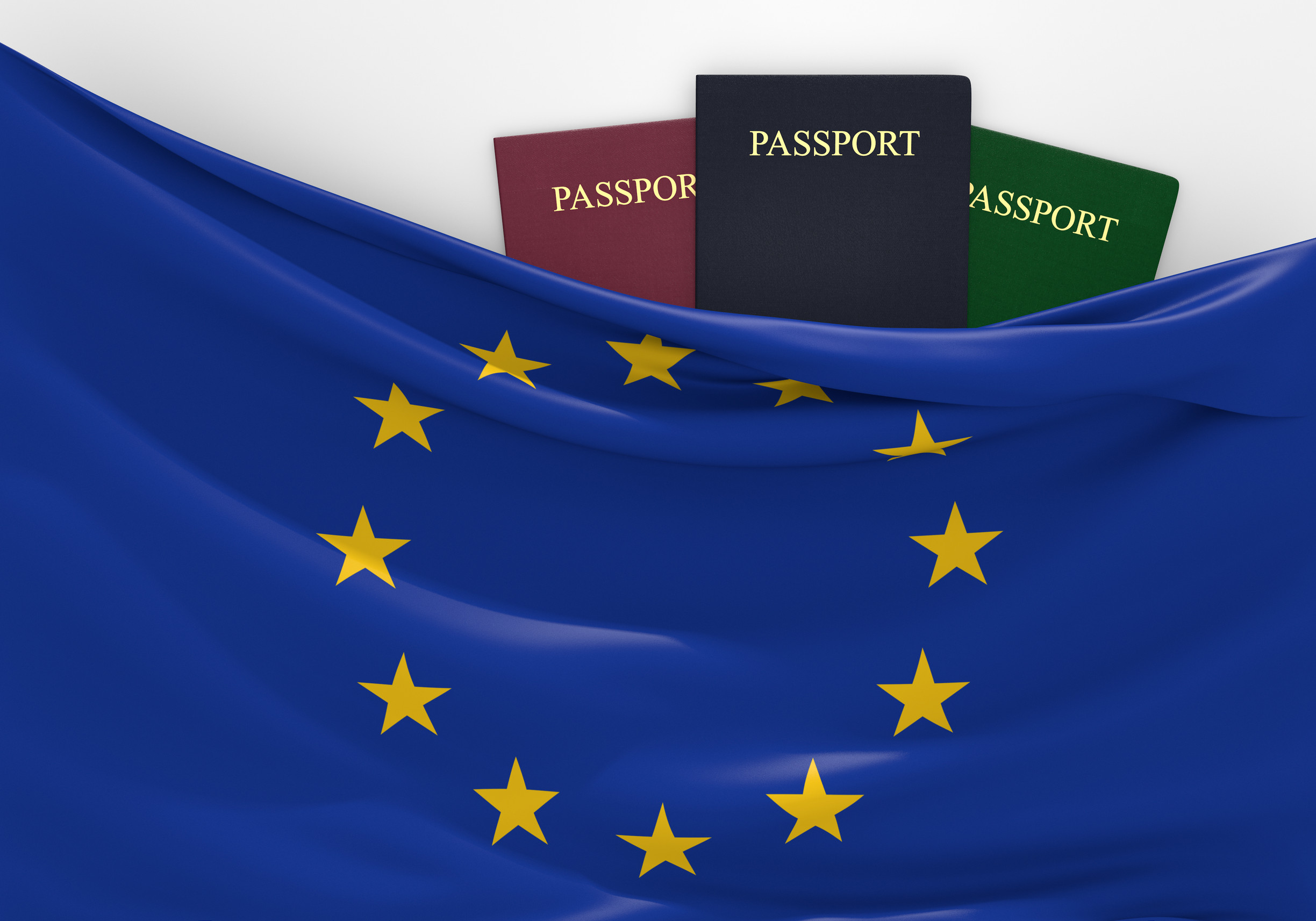
In 2025, the European Union will introduce a groundbreaking system of entry and exit, replacing manual passport stamping with a completely automated digital mechanism. The measure is expected to fall on travelers from third countries-Moroccan citizens included-and will alter the way one crosses the border into the Schengen Area.
The EES is envisioned as a border management system in which automated systems will capture entries and exits for non-EU nationals, as opposed to doing so manually.
Key Features:
The objectives of the new entry exit system include:
The system is supposed to help avoid illegal overstaying and detect fraud in travel more effectively.
There will be automated kiosks that will expedite border checks and avoid long queues.
EES will calculate the length of the allowed stay, which will ensure compliance with the Schengen visa rules.
The introduction of the EES will bring both positive and challenging changes for Moroccan travelers, altering the way they interact with EU borders.
Faster Border Crossings:
Automated systems are expected to reduce delays during passport checks, ensuring smoother entry and exit processes.
Increased Transparency:
The system provides travelers with clear records of their travel history and stay durations, reducing misunderstandings related to visa compliance.
Improved Security:
Enhanced identity verification will protect travelers from risks such as passport theft or forgery.
Challenges to Expect:
Irrespective of the integration of new systems, Moroccan nationals already face several challenges while undertaking journeys to Europe, which include the following:
Here are some tips for Moroccan travelers to help them
The EES is a step toward streamlined, secure travel across the Schengen Area. While the system promises efficiency and improved security, Moroccan travelers must adapt to the new requirements and prepare for potential challenges.
The key for Moroccan nationals in these European travels will be to stay informed and proactive as the EU continues to implement such measures.
Step1: Complete the online application by entering your passport details.
Step2: Make the payment online using a credit card.
Step3: Check your email for the payment confirmation and receive your e-visa.